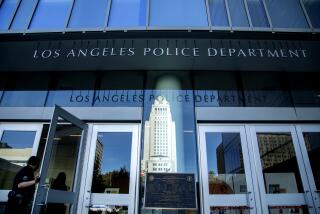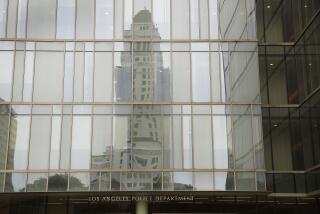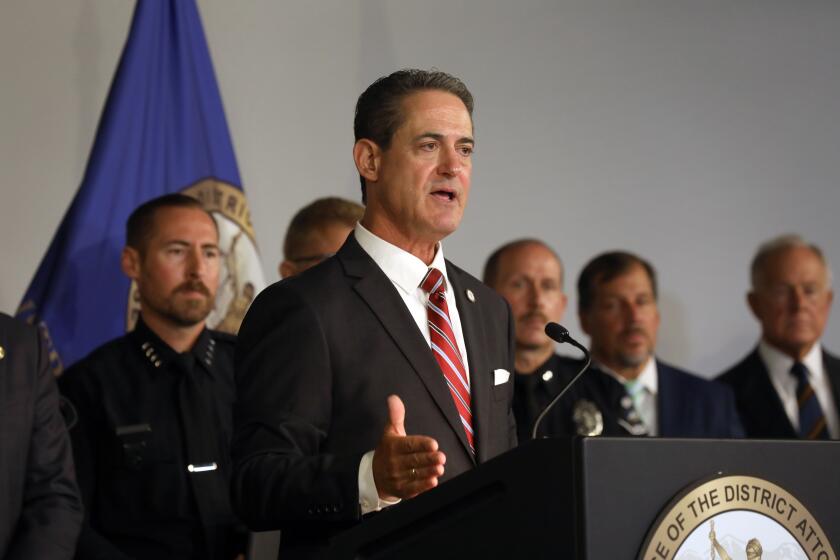LAPD’s problematic crime map to stay online
Los Angeles Police Chief William J. Bratton conceded Thursday that the LAPD’s crime map had significant omissions but said it will stay online while the problems, first identified by The Times, are corrected.
Bratton -- speaking at a news conference to announce a gang crackdown -- said that despite significant omissions, the crimes that are plotted on the map are accurate. He said he believed it remains a valuable public service.
The Times had found that nearly 40% of the crimes reported in official LAPD summaries did not appear on the publicly available map at lapdcrimemaps.org.
Bratton blamed the problems on the private vendors hired to develop the site.
Thanking The Times for bringing the errors to the attention of the Los Angeles Police Department, Bratton said: “I have no issue with The Times. I have an issue with the vendor.”
He said the vendors, LightRay Productions and PSOMAS, are working on the problems “full time” and would fix them at no cost to the city.
Bratton drew a clear distinction between the public map, which he continued to describe as one of the best in the United States, and the internal CompStat reports used to evaluate trends and guide deployment, which he insisted are of the highest integrity.
The Times discovered the magnitude of the problem while developing its own online map to display LAPD data. While the department’s official crime tally recorded more than 52,000 serious crimes from Jan. 1 through June 13 of this year, the public mapping site contained fewer than 33,000 for the same period.
Neither Bratton nor PSOMAS President Jacob Lipa would predict how accurate the improved maps will be, but they both acknowledged that an error rate of 30% to 40% was unacceptable.
As a result of the article about the errors, Bratton said he has asked City Atty. Carmen Trutanich to review the terms of the release of electronic crime data to The Times and decide whether the department should continue to provide the information to The Times and other outlets.
Bratton expressed concern that demands for equal access to the information could place an expensive burden on the department’s resources.
He was worried, he said, that he’d have to give it to anyone “in his underwear in a basement somewhere.”
--
doug.smith@latimes.com
More to Read
Sign up for Essential California
The most important California stories and recommendations in your inbox every morning.
You may occasionally receive promotional content from the Los Angeles Times.












